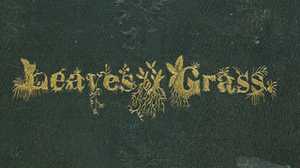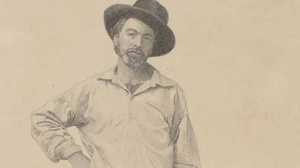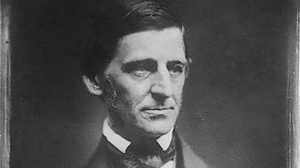Whitman and New York City

Densely Populated
In Whitman's day, New York was simply Manhattan Island. Brooklyn was a separate city across the unspanned river. And while Brooklyn was the seventh largest city in the United States in 1840, New York with more than 300,000 inhabitants, was almost ten times as populous.
Bustling Port
The city's economy had grown steadily since the opening of the Erie Canal connecting the Hudson River to the Great Lakes in 1825. It created an American-controlled commercial route from the Atlantic Ocean to the bounties of the Midwest. Access to the interior made the port of New York more attractive to trade from around the world.
A Mandated Grid
The city was growing north along the island, in an orderly manner established by the Commissioner's Plan of 1811. The plan mandated a grid of streets and avenues in future expansions north of 14th Street, with about twenty streets to a mile. By 1840, the city had grown about half a mile north with buildings as far 23rd Street on the west side. It wouldn't be until 1853 that Central Park was conceived, running from 59th to 110th Streets.
Magnet for Immigrants
Much of the growth was fueled by the continual infusion of immigrants -- as many as 2,000 a day. In the early nineteenth century many of the newest New Yorkers were Irish Catholics escaping famine. With the increased population living so densely, however, diseases could quickly escalate into epidemics. New York suffered from outbreaks of yellow fever, cholera, malaria, typhoid and other maladies.
Animals and Filth
Along with throngs of people, many thousands of other creatures called New York home -- ones that neighed, mooed, clucked, oinked and baaed. Horses provided the main source of transportation -- pulling trolleys, carts, carriages, and Whitman's beloved omnibus. A single draft animal produced 24 pounds of manure a day. When horses died, they were too heavy to remove and their corpses would be left to decompose until they could be carted away in pieces. There was no sanitation department to clean the animal (and human) waste that accumulated in the streets.
Center of Wealth and Culture
At the same time, New York was seen as a place where someone could make a fortune -- and enjoy it. Ever since Alexander Hamilton had established the American financial system, New York had been a center of wealth. Dozens of daily and weekly newspapers competed for attention and provided work for ambitious young writers like Whitman. Museums and theaters offered Old World and New World cultural arenas for urbanites like Whitman to explore.
City of Multitudes
To paraphrase Whitman, the city contained multitudes -- and seeming contradictions. Densely populated slums existed just around the corner from some of the most glamorous addresses in America. In the city, Whitman found inspiration, and his books celebrated the urban bustle he loved.







